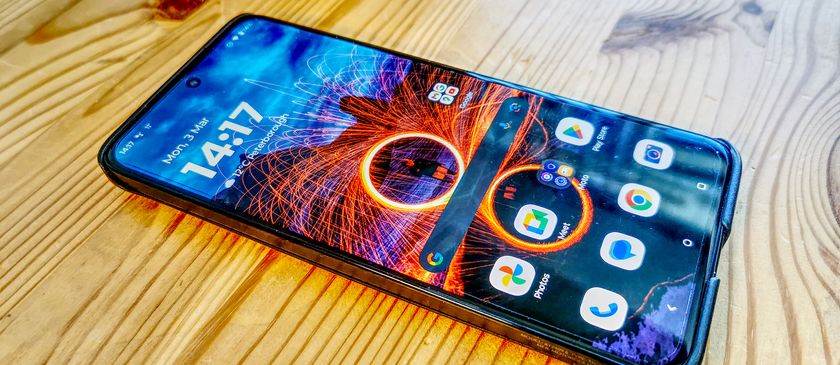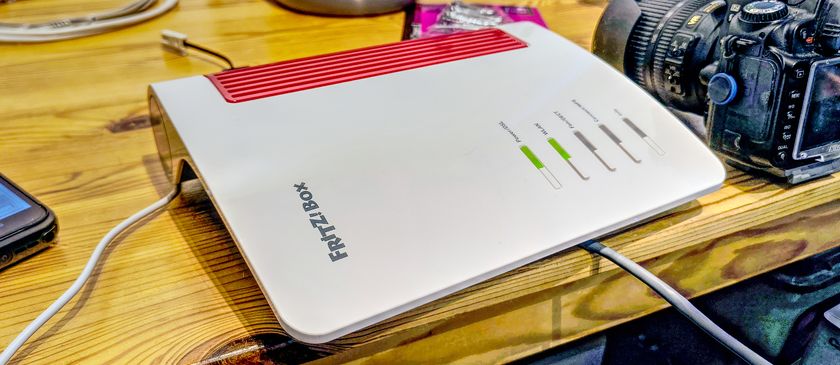Ofcom opens up UK spectrum to boost rural areas
New regulations could improve connectivity

Ofcom is to give businesses and rural communities the opportunity to build bespoke mobile networks by releasing licensed but unused spectrum on a local basis.
The regulator is inviting applications for the 1800MHz and 2300MHz bands currently used for mobile services, the 3.4-3.8GHz band used for 5G, and the 26GHz millimetre-wave (mmWave) band earmarked for high capacity 5G services.
Although mobile operators hold licenses to some of these airwaves, they do not make use of them in parts of the country. Where an operator is not making use of the spectrum, Ofcom wants to see the potential realised.
- National roaming could boost rural 4G
- EE begins phase one of 5G rollout
- What is 5G? Everything you need to know
Ofcom spectrum sharing
“Wireless spectrum is a valuable, finite resource, so it’s vital we use it efficiently,” said Philip Marnick, Spectrum Group Director at Ofcom.
“Our new sharing approach will help more people access airwaves to create local networks around the UK. The benefits of this innovation could extend across our economy, from farms to factories, as well as supporting new technology firms.”
Ofcom believes spectrum sharing could allow manufacturers to create private networks for connected factories, farmers to build local networks across large sites to connect people and machinery – enabling the Internet of Things (IOT) – and business and holiday parks to improve connectivity.
It would also pave the way for rural areas not covered by the commercial rollout of 4G and 5G to build local networks for residents.
Are you a pro? Subscribe to our newsletter
Sign up to the TechRadar Pro newsletter to get all the top news, opinion, features and guidance your business needs to succeed!
Any party wanting to take advantage of the new regulations needs to submit an application to Ofcom with details of the band, location, bandwidth and power required. Ofcom will then assess the potential for interference with other users of the spectrum and grant a licence based on a per-area or per-base station basis.
Ofcom is looking at other ways to improve rural coverage. If a reported deal between government and mobile operators to build masts in rural areas is not reached, then Ofcom plans to offer discounted 5G spectrum in exchange for coverage obligations at the next auction of airwaves.
According to the regulator’s Connected Nations 2018 report, almost all properties can receive a good indoor 4G signal from at least one operator while 77 per cent are covered by all four major networks – EE, O2, Three and Vodafone – up from 65 per cent last year.
However, while 83 per cent of urban premises receive what could be classified as “good” coverage, only 41 per cent of rural properties do, and in some areas there is no coverage at all.
- Here are the best mobile phone deals for July 2019
Steve McCaskill is TechRadar Pro's resident mobile industry expert, covering all aspects of the UK and global news, from operators to service providers and everything in between. He is a former editor of Silicon UK and journalist with over a decade's experience in the technology industry, writing about technology, in particular, telecoms, mobile and sports tech, sports, video games and media.













Privacy Hero II VPN Router

When I tested this global tracker, it trounced the Apple AirTag in so many ways






